Aurelio Bormioli was born in Savona in 1969. Since he was a child, he was interested in photography thanks to his father who was an amateur photographer.
As years went by, he attended workshops with many famous sector experts, such as Ivano Bolondi, Pino Ninfa, and Ernesto Bazan. Nowadays, he works with a professional Nikon equipment, although he usually uses films as well, especially pinhole cameras, that are strongly admired by Aurelio.
Pinhole Photography
I became interested in photography thanks to my father. When I was a boy, I was fascinated looking at him, when in the armchair he checked his equipment and cleaned the lens. We often went on trips in Italy or abroad and when coming back, as soon as possible, we projected our slides on the screen. It was a family practice to live beautiful memories. In 2000, I started my collaboration with a friend of mine, the owner of a photography studio. This completely changed my perspective: I started learning with him and perfecting my abilities.
Later I examined in depth my passion attending workshops with some the most famous experts, such as Ivano Bolondi, Pino Ninfa ed Ernesto Bazan. Since 2008, I’ve been interested in pinhole photography. Nowadays I’m working with a Zero 2000 6×6 and a Zero 6×9 Multi Format camera, using both a black- and- white and a color film.
The photographs composing this portfolio are realized using this technique. My favourite subject is nature in all its forms. Sea is the most fascinating element for me: I’m attracted by its beauty and size, its silence when it’s flat and its thunderous roar when it’s stormy. Another theme, which is often present in my photographs, is trees, I like walking through forests alone. In these cases the camera employed is a Zero 2000 6×6. It is a teak wood box, using a 120 film, a 25 mm focal lenght and an f/138 lens aperture. As a viewfinder I usually use a card with a square part made of transparent plastic. A light meter, a solid tripod, and a cable release are fundamental. I usually employ 6×6 Ilford Delta 100/400 or Kodak T-Max 100/400 medium size films.
To define the exposure time, on the back the Zero 2000 camera has two golden disk- shaped buttons. The lower button represents times, the higher one lens apertures. You measure light with the light meter and then you align the two buttons, therefore you can find the exposure time corresponding to the f/138 lens aperture. As a consequence, the reciprocity failure problem arises. When the exposure time exceeds 2 seconds, the film doesn’t react as you expect because of its organic chemical composition.
If, for instance, I evaluate a 10 second exposure time, the resulting picture will be surely underexposured. This is due to the fact that the relations between times and lens aperture is not valid as the exposure time becomes longer. To obtain a right exposure time, you should apply specific coefficients; for instance supposing a 10 second time, the coefficient should be 5x. This means that the right exposure is 50 seconds.
Pinhole photography has a particular appeal because of time. While you are waiting for your shot, you are completely absorbed by the context. Moreover, low definition is not a weakness. Together with square format, and long exposure time it makes photos unique, living in a timeless space between reality and immagination.[Official Website]
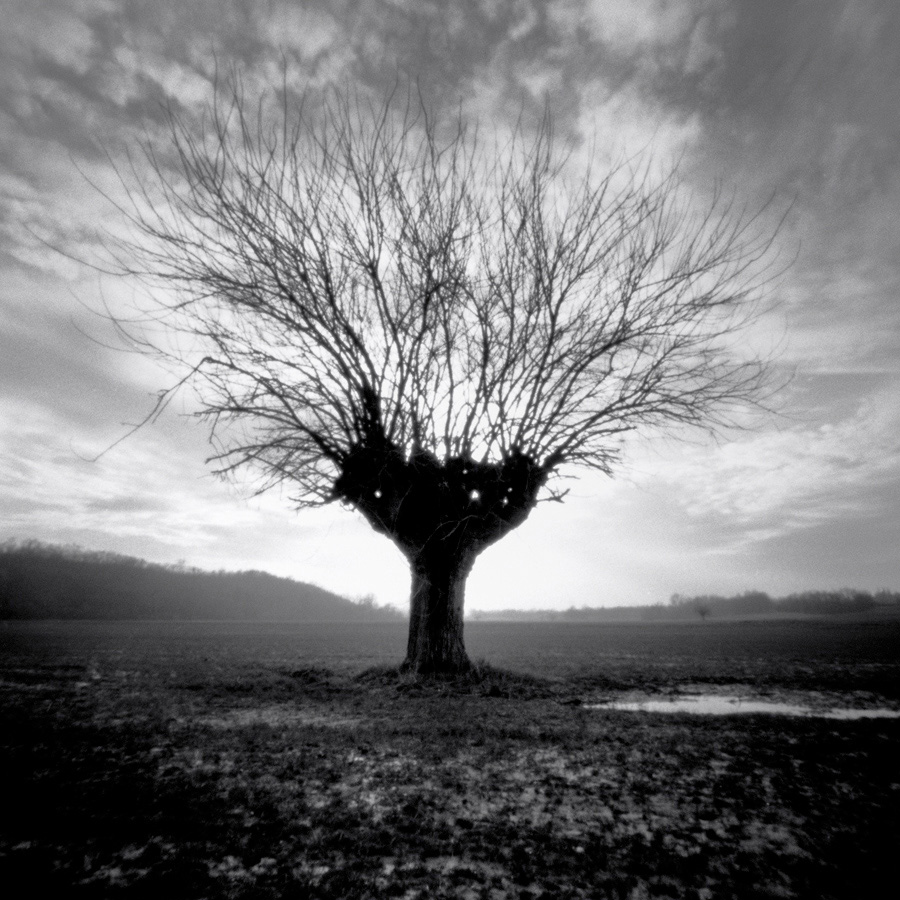
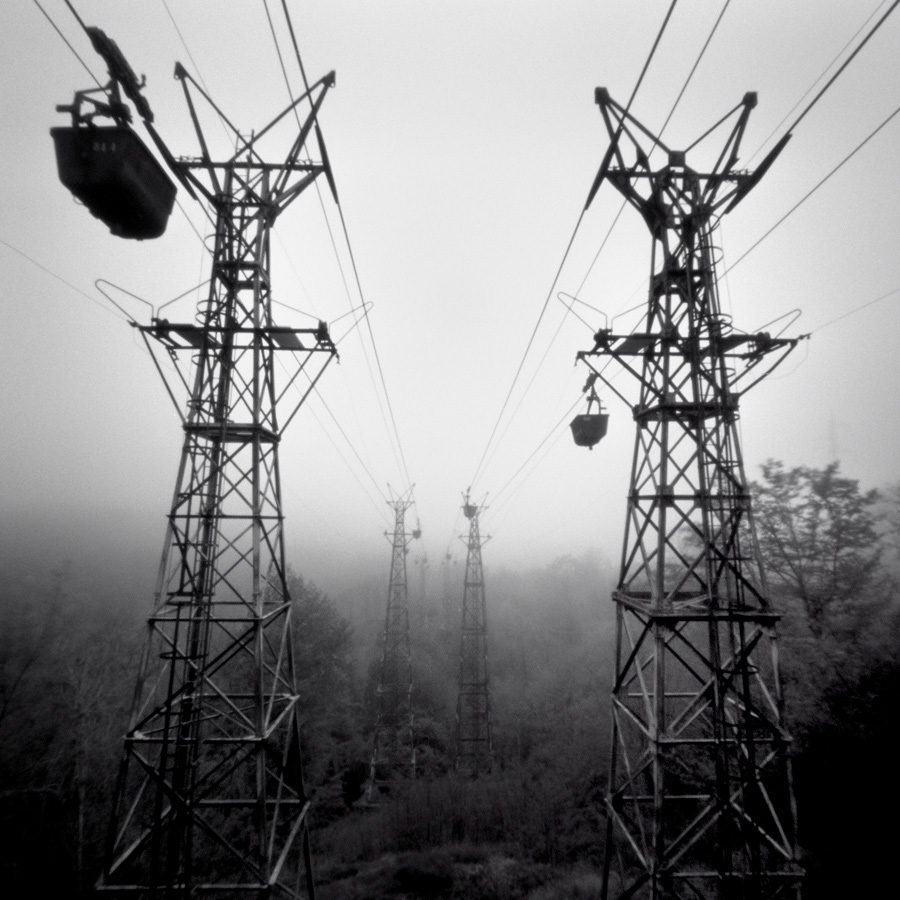
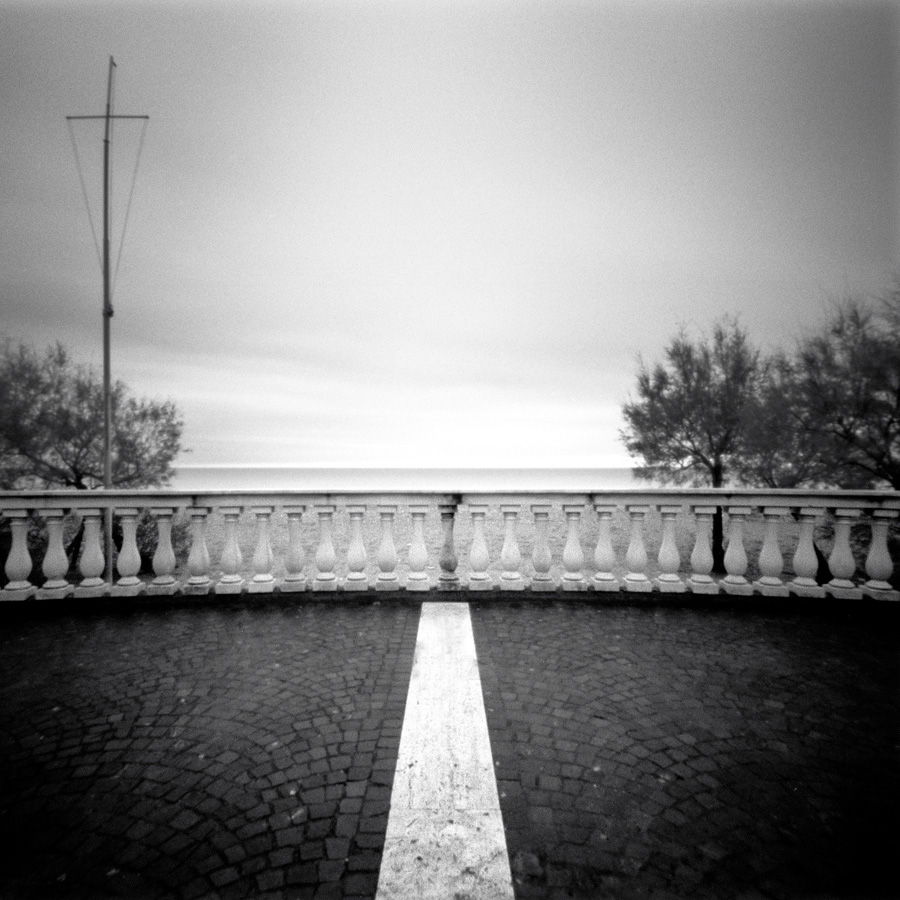
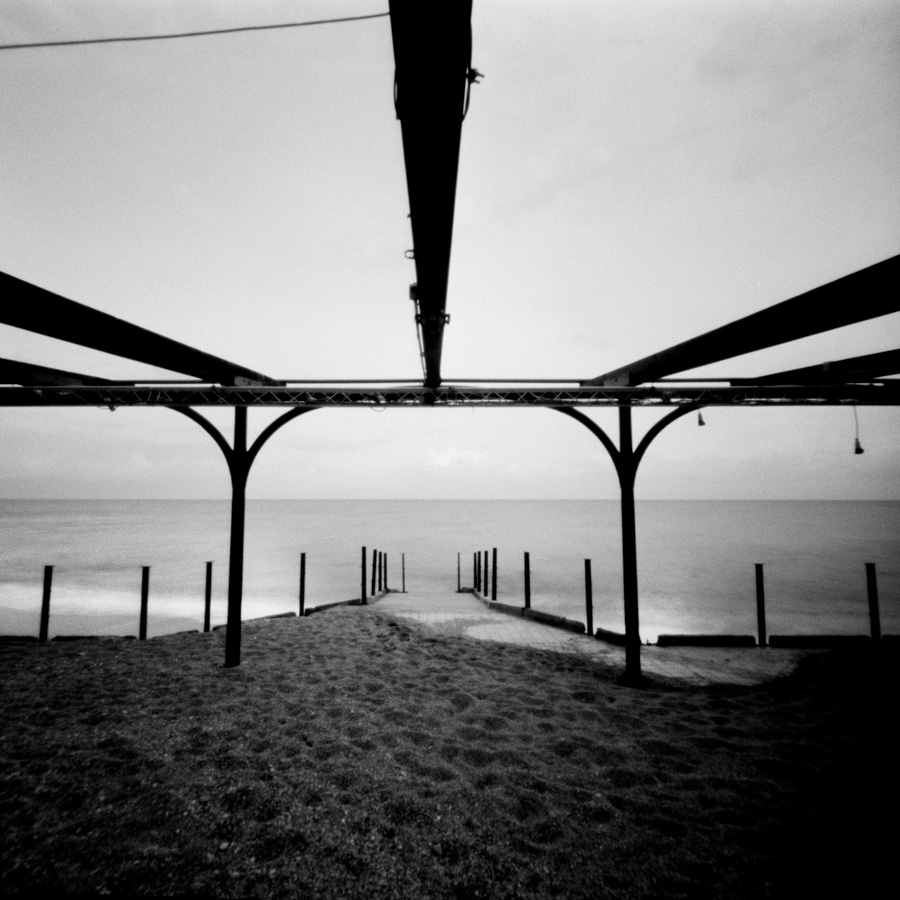
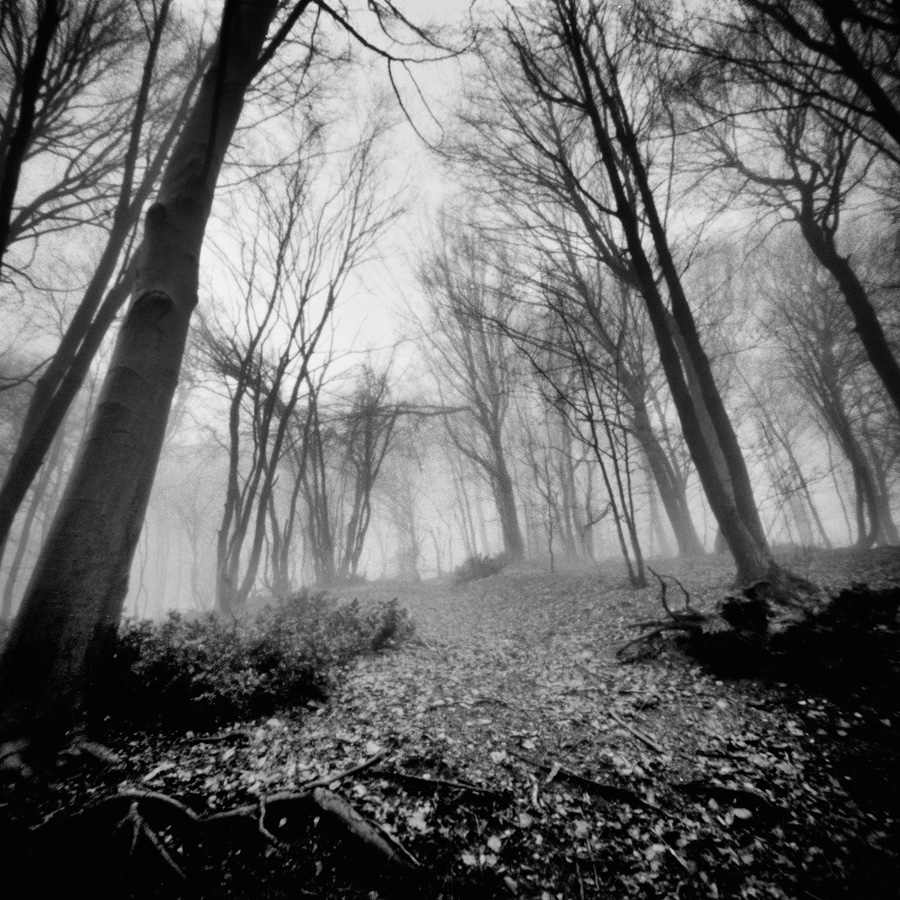
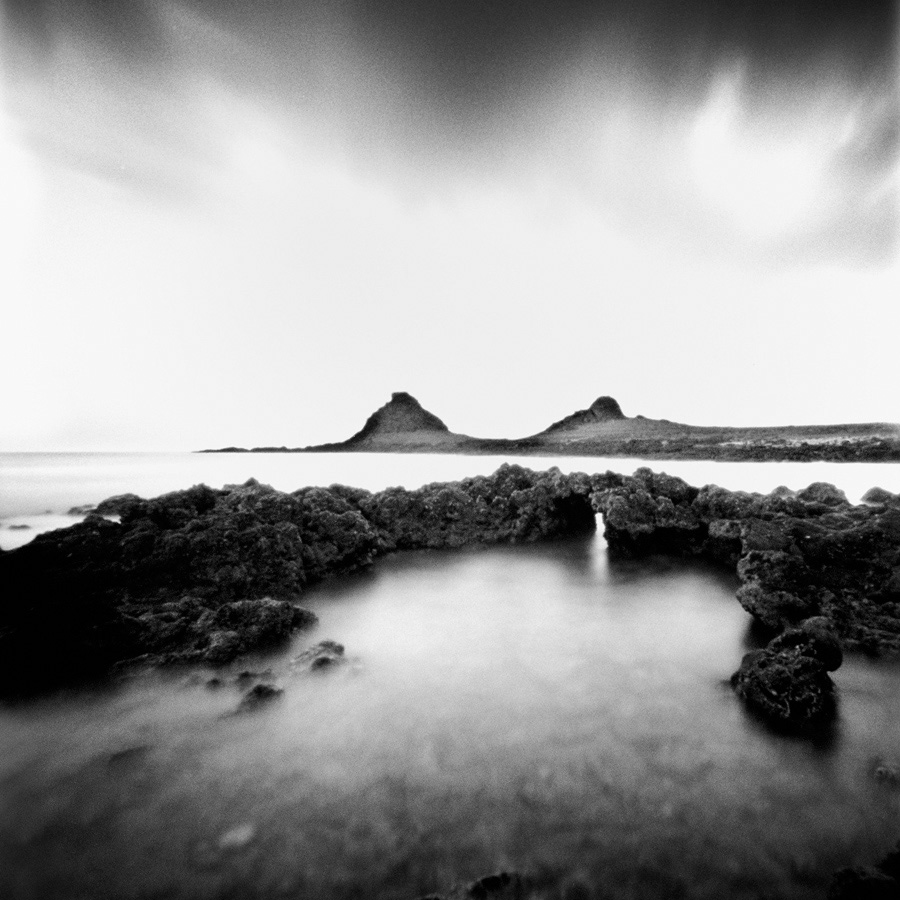
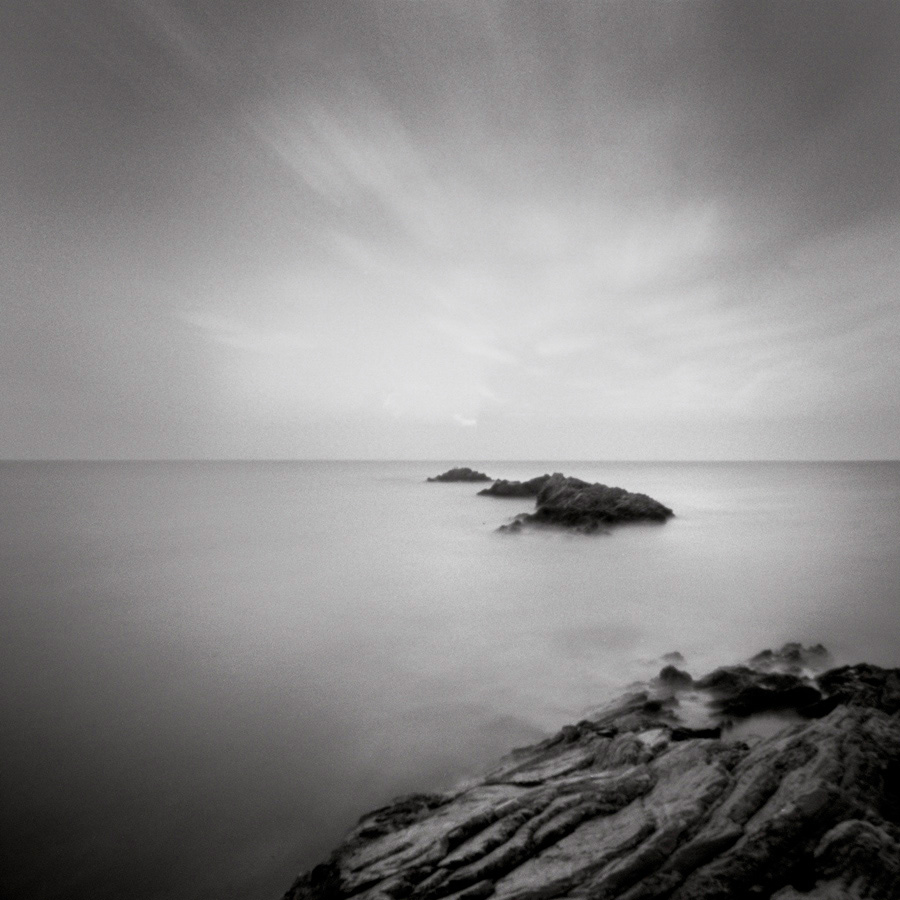
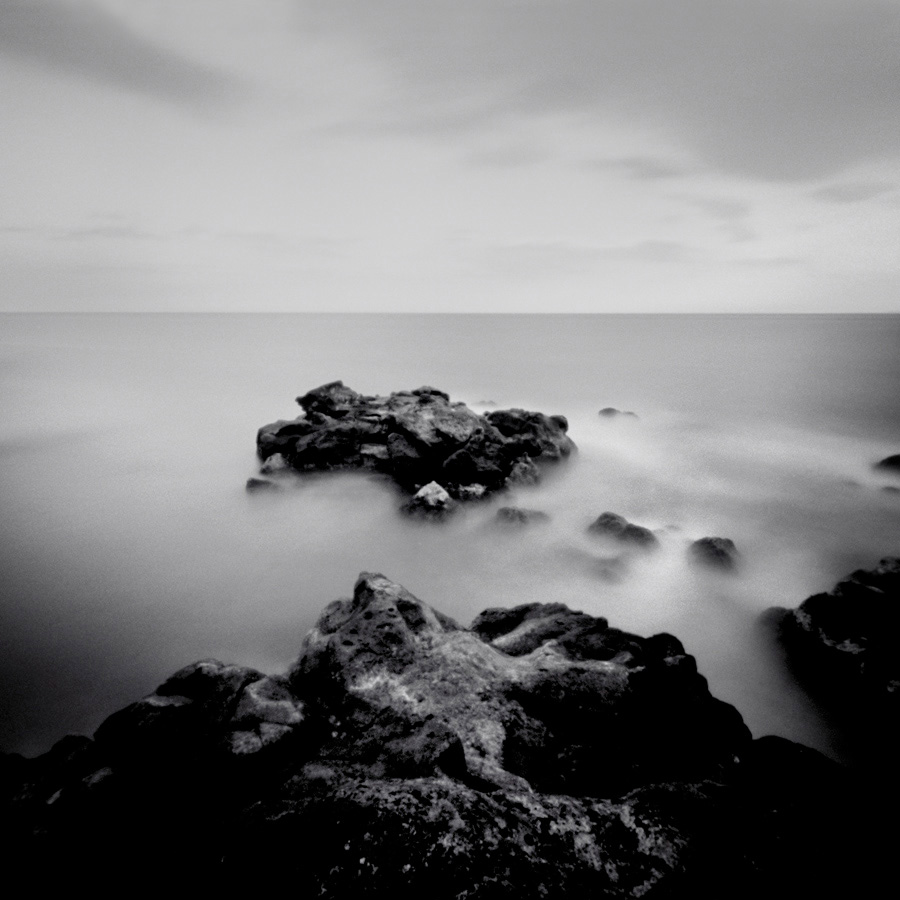
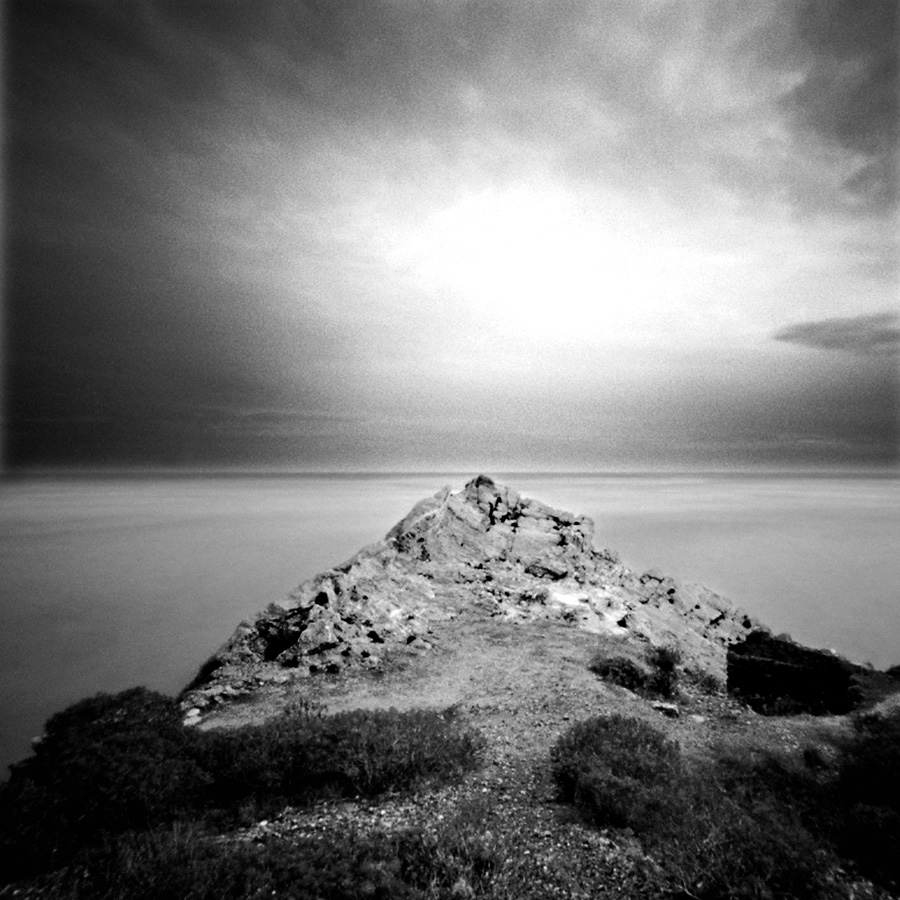
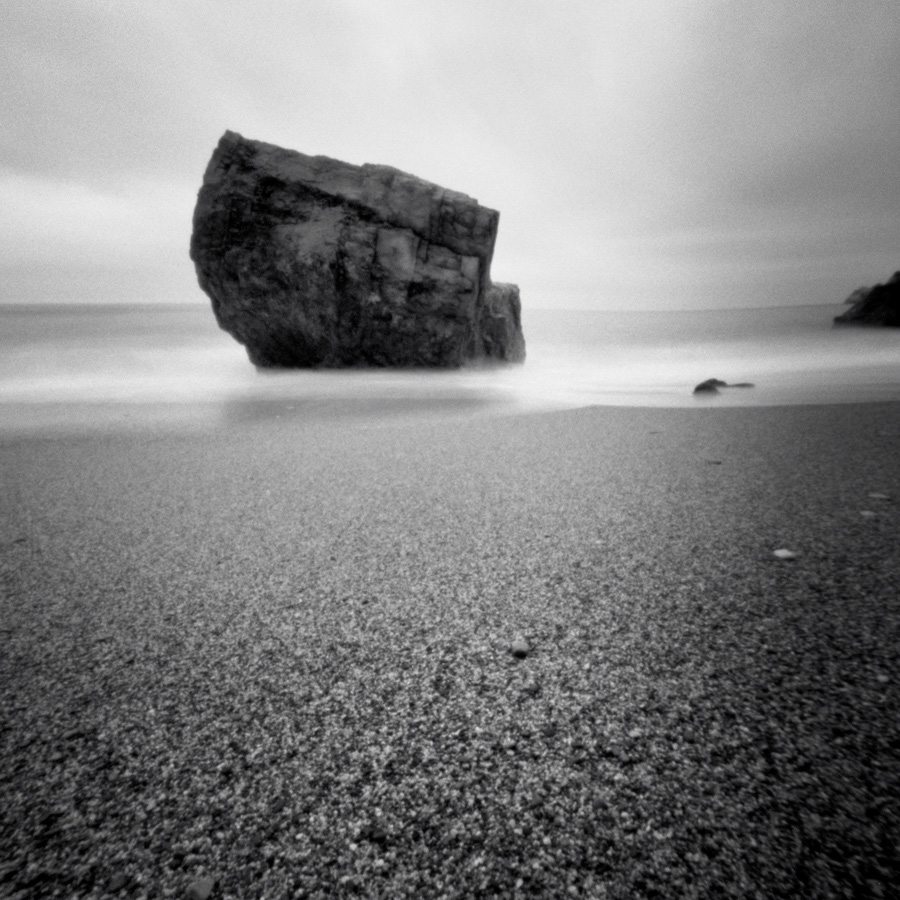
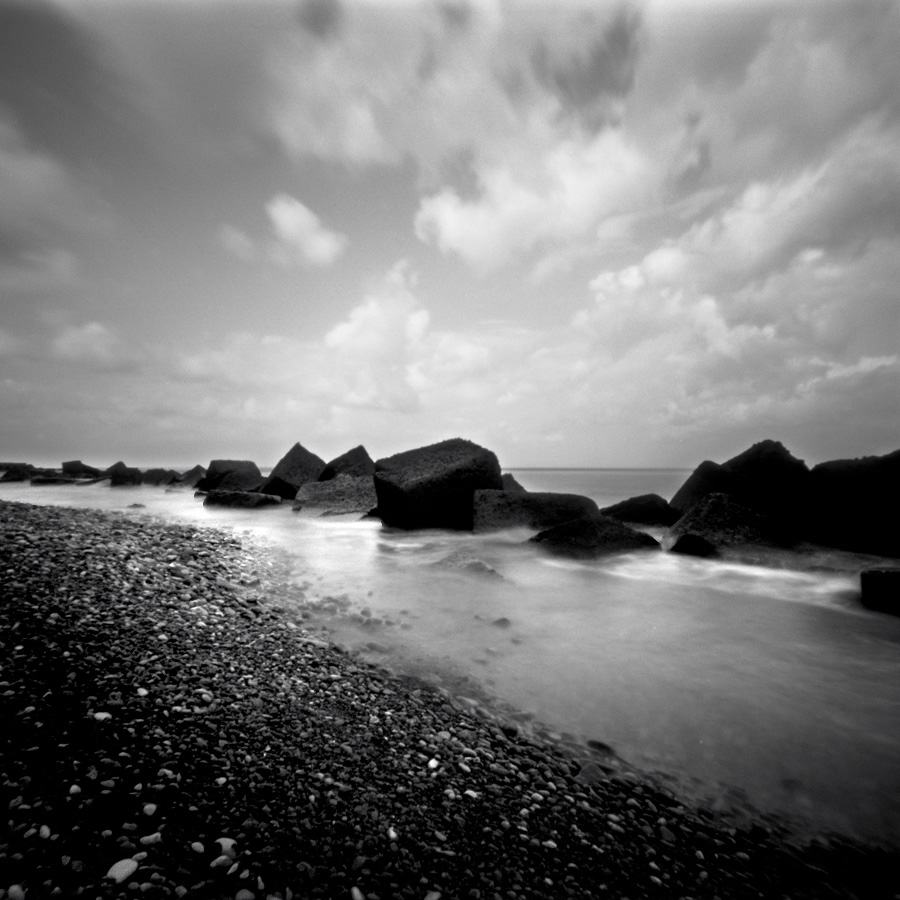
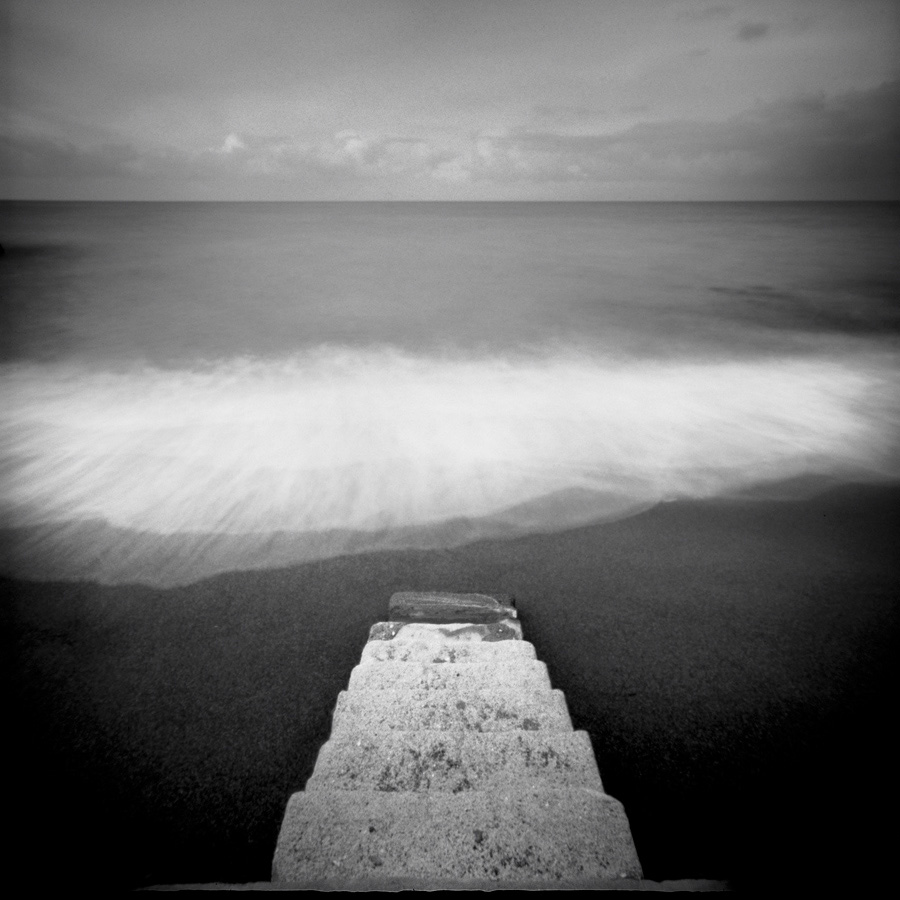
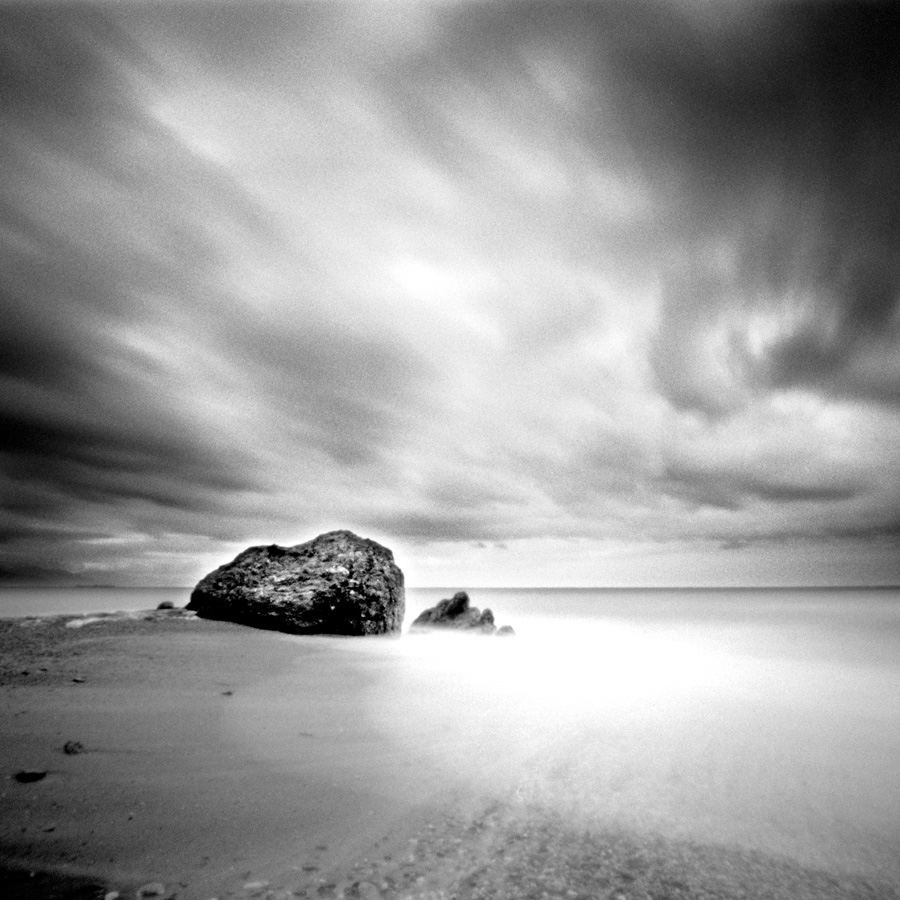
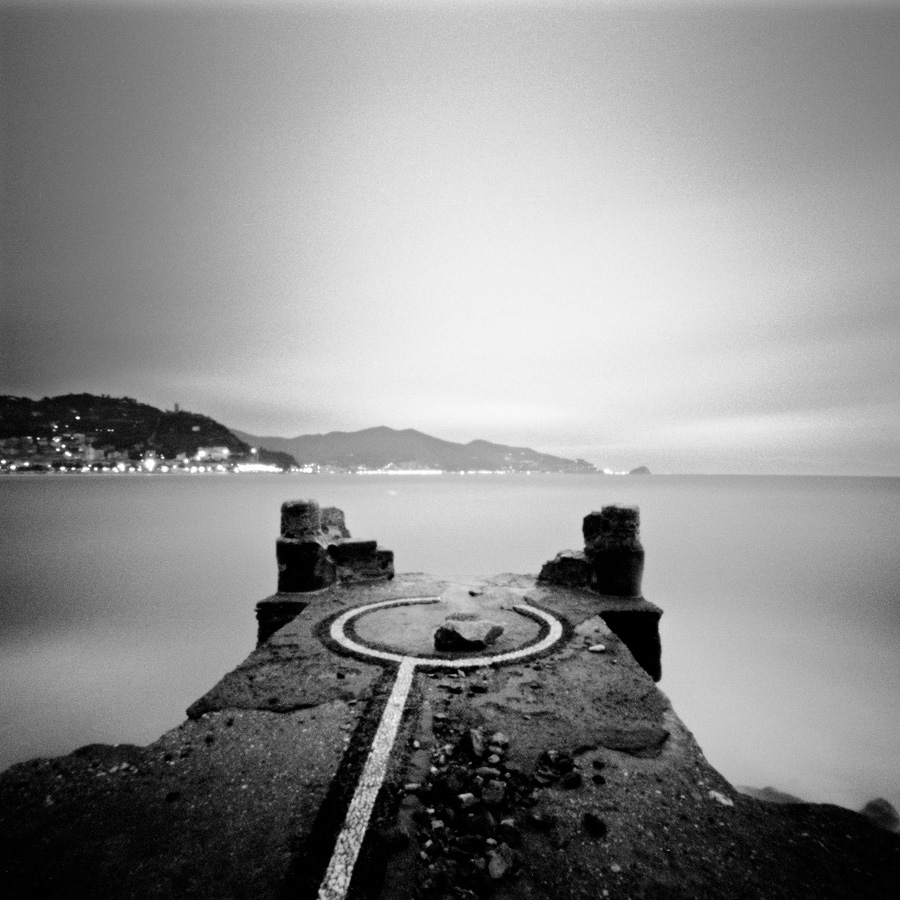



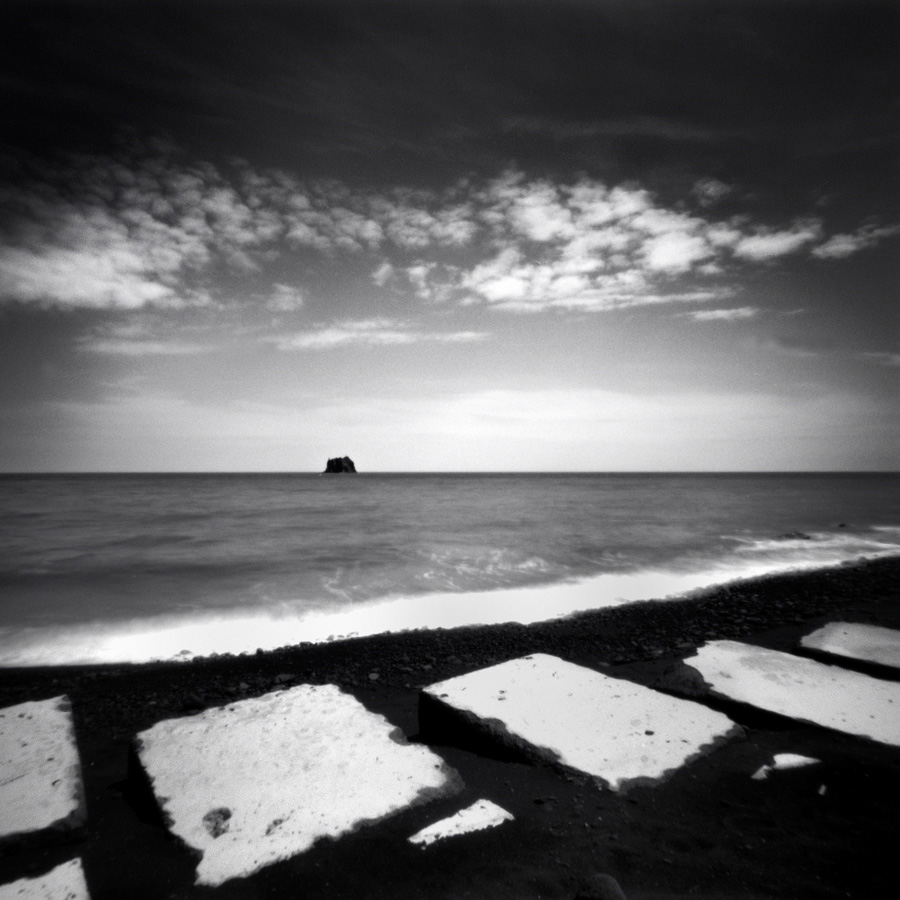
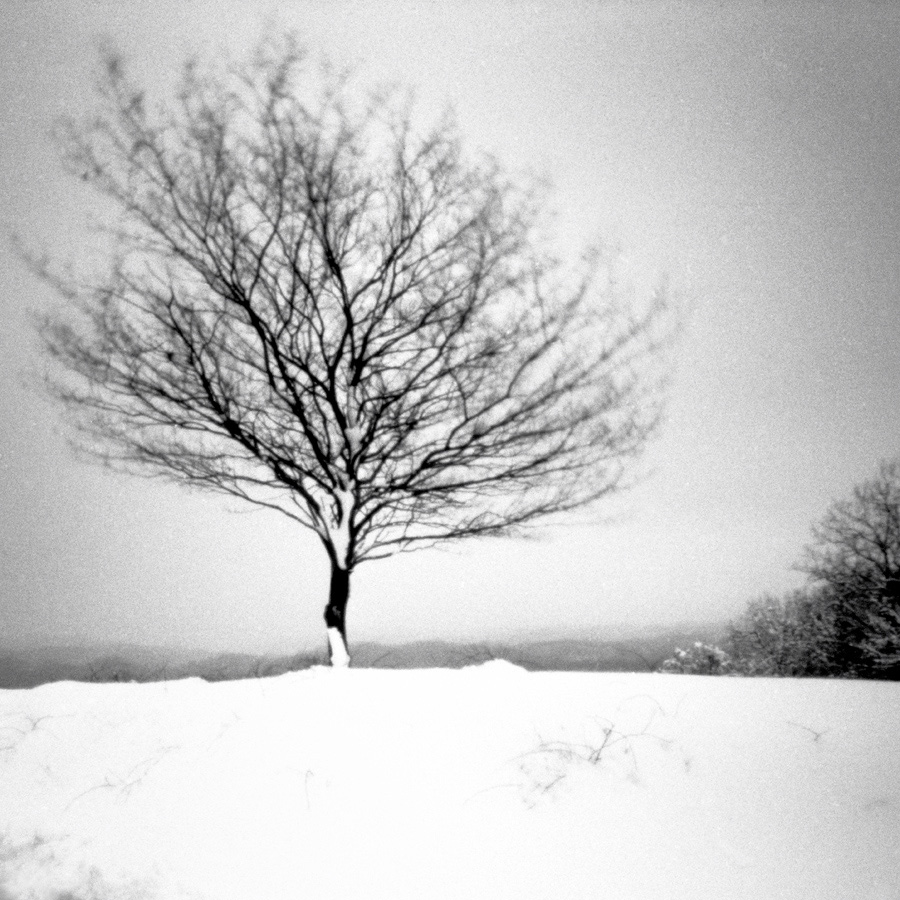
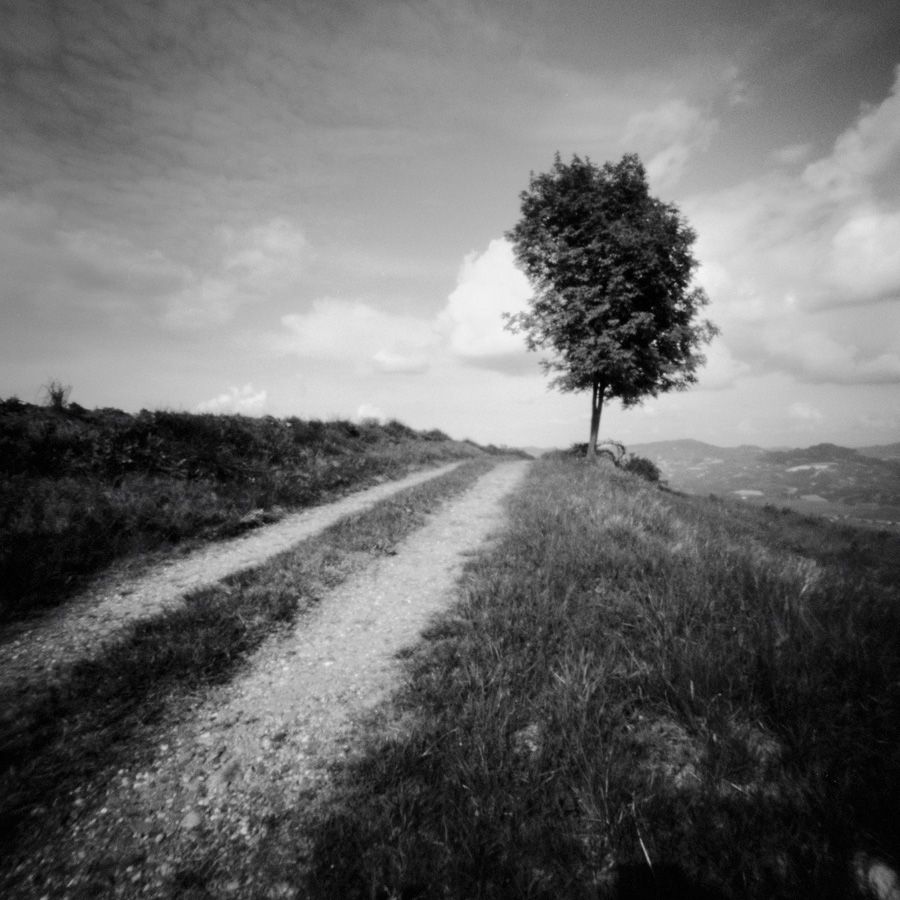
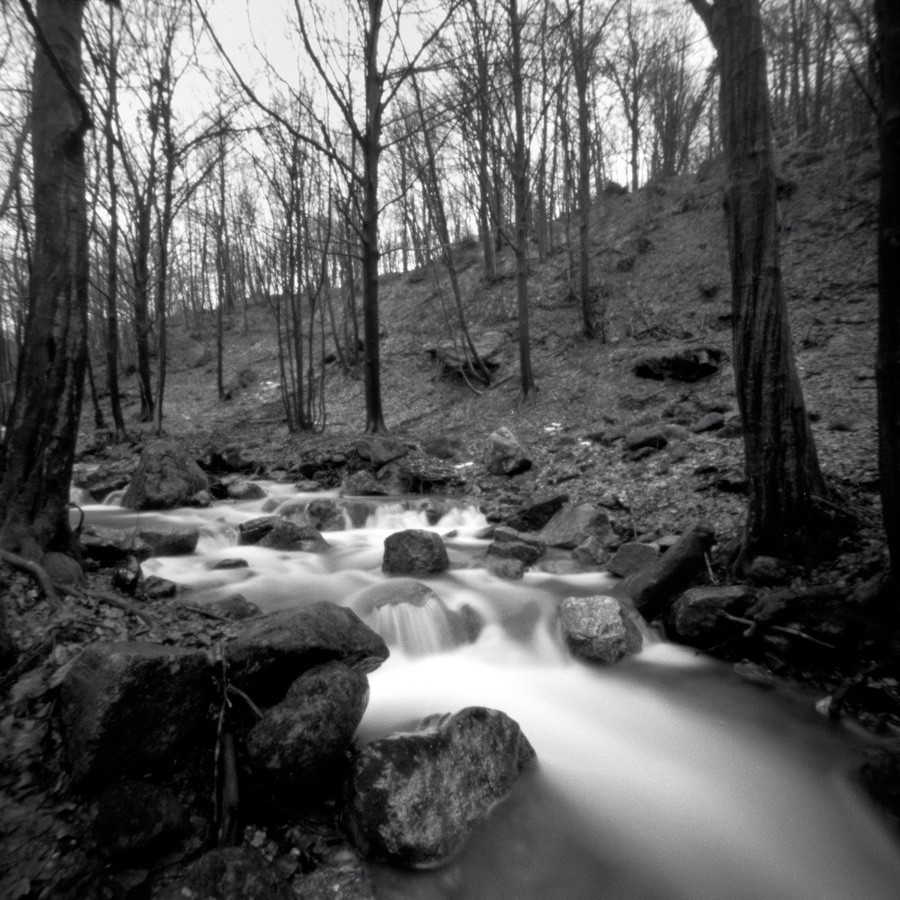
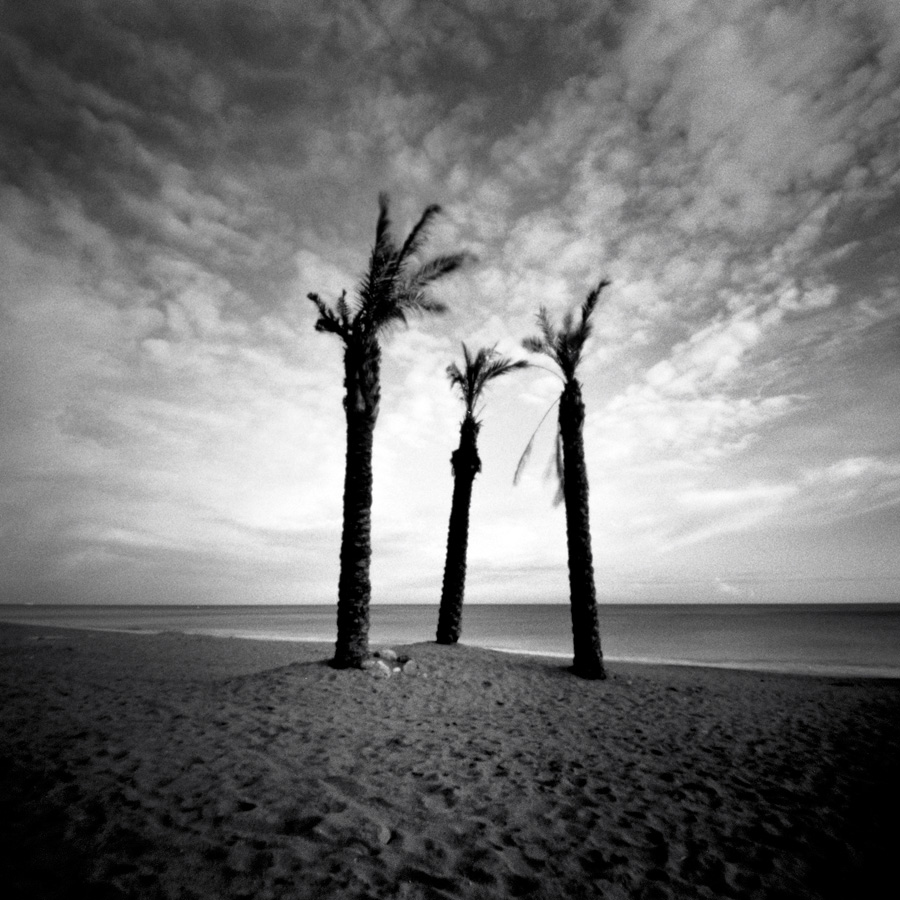
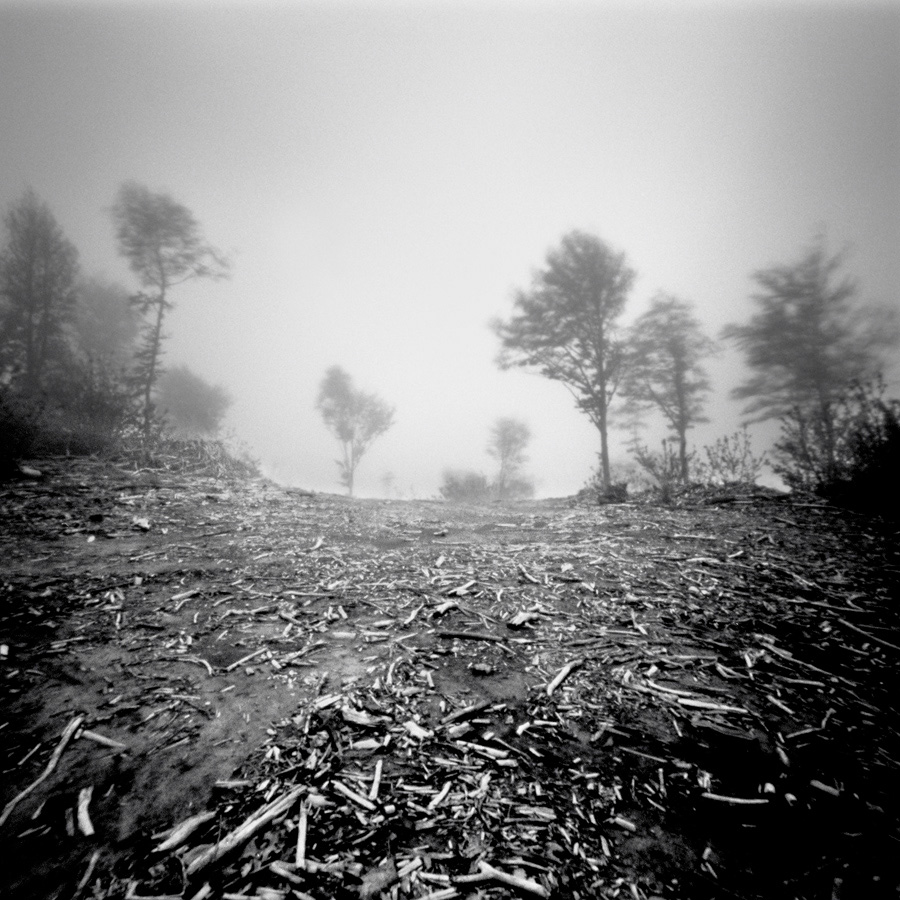



2 comments
Benjamin Wood
Dec 18, 2016 at 12:08
Wonderful Piece of writing
Comments are closed.